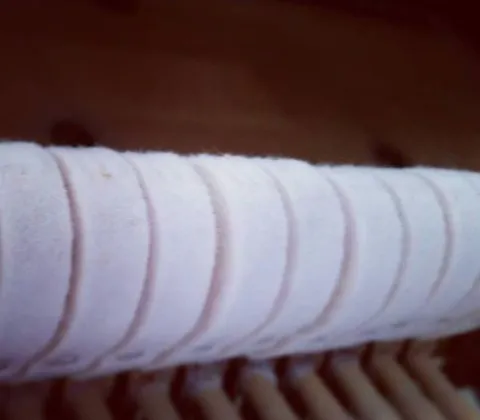Did you know there are actually three categories of maintenance that pianos need? Tuning is the first that most people think of. But regulation and voicing are two other maintenence items that make an enormous difference in the feel and sound of a piano – sometimes more so than tuning.
I’ve discussed regulation before, but voicing is the third element of piano maintenance and refers exclusively to the manipulation of the hammer felt.
Over time, piano hammers get deep grooves, as well as the natural hardening and compressing of the felt with age and use. Voicing involves several different techniques to harden, soften, reshape, and re-texturize the hammer felt. It’s called “voicing” because every change made to the hammer felt makes a significant difference in the tone quality of the piano. What may be perceived as a “sour” or “out-of-tune” note is sometimes a voicing issue.
Lastly, it’s worth pointing out that new pianos need this too! Technicians spend many hours voicing quality new pianos to achieve the right tone quality and timbre. This process starts in the factory and finishes in the customer’s home. The more specific a customer’s tastes in piano timbre, the more can be done.


